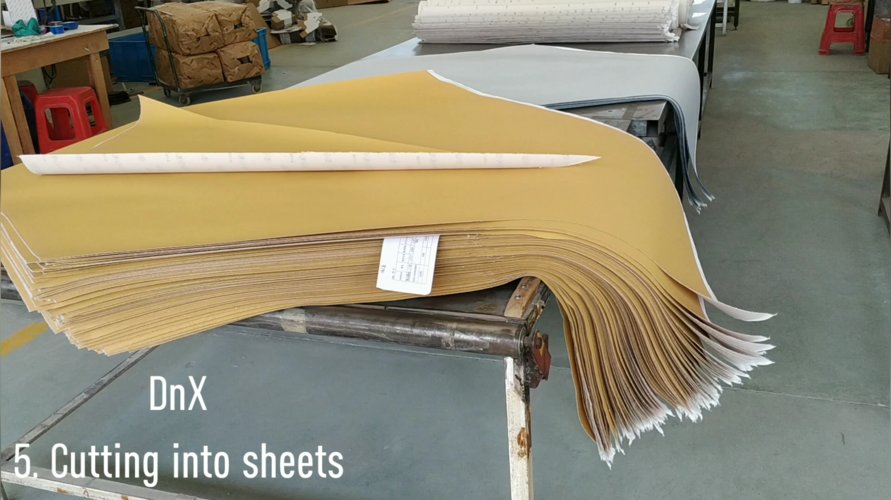Sanding for Walls: A Comprehensive Guide
When it comes to preparing walls for painting or wallpapering, sanding is a crucial step that often goes unnoticed. Sanding walls not only ensures a smooth and even surface but also improves the adhesion of paint or wallpaper. In this article, we will delve into the various aspects of sanding walls, including the types of sandpaper, the sanding process, and the benefits it offers.
Types of Sandpaper
Sanding walls requires the right type of sandpaper, which can vary depending on the surface and the desired outcome. Here are some common types of sandpaper you should consider:

| Type of Sandpaper | Coarseness | Use |
|---|---|---|
| Coarse Sandpaper | 60-80 grit | Removing paint or varnish, smoothing rough surfaces |
| Medium Sandpaper | 100-120 grit | Smoothing surfaces, preparing for painting or wallpapering |
| Fine Sandpaper | 150-180 grit | Finishing surfaces, achieving a smooth finish |
| Very Fine Sandpaper | 220-240 grit | Finishing surfaces, achieving a high-quality finish |
Coarse sandpaper is ideal for removing paint or varnish and smoothing rough surfaces. Medium sandpaper is suitable for preparing walls for painting or wallpapering, while fine and very fine sandpaper are used for achieving a smooth and high-quality finish.
The Sanding Process
The sanding process involves several steps to ensure the best results. Here’s a detailed guide on how to sand walls effectively:
-
Choose the right sandpaper: As mentioned earlier, select the appropriate type of sandpaper based on the surface and desired outcome.
-
Wear protective gear: Sanding can be dusty and harmful to your respiratory system. Wear a dust mask, safety goggles, and gloves to protect yourself.

-
Prepare the surface: Clean the wall thoroughly to remove any dirt, dust, or debris. If there are any loose paint or wallpaper, remove them before sanding.
-
Start sanding: Begin sanding the wall using long, even strokes. Apply gentle pressure to avoid scratching the surface. Sand in the direction of the wood grain if you’re working on a wooden wall.
-
Check your progress: Periodically inspect the wall to ensure even sanding. If you notice any areas that are not smooth, go over them with the sandpaper.
-
Clean the surface: Once you’ve finished sanding, clean the wall to remove any remaining dust or debris. This will help improve the adhesion of paint or wallpaper.
Benefits of Sanding Walls
Sanding walls offers several benefits, including:
-
Improved adhesion: Sanding creates a rough surface that allows paint or wallpaper to adhere better, resulting in a longer-lasting finish.
-
Smooth surface: Sanding removes any imperfections, such as bumps or rough spots, resulting in a smooth and even surface.
-
Enhanced appearance: A well-sanded wall looks more polished and professional, making a significant difference in the overall appearance of the room.
-
Cost-effective: Sanding is a cost-effective way to improve the appearance of your walls without the need for expensive repairs or replacements.
In conclusion, sanding walls is an essential step in preparing them for painting or wallpapering. By choosing the right type of sandpaper, following the proper sanding process, and understanding the benefits of sanding, you can achieve a smooth, even, and long-lasting finish.
